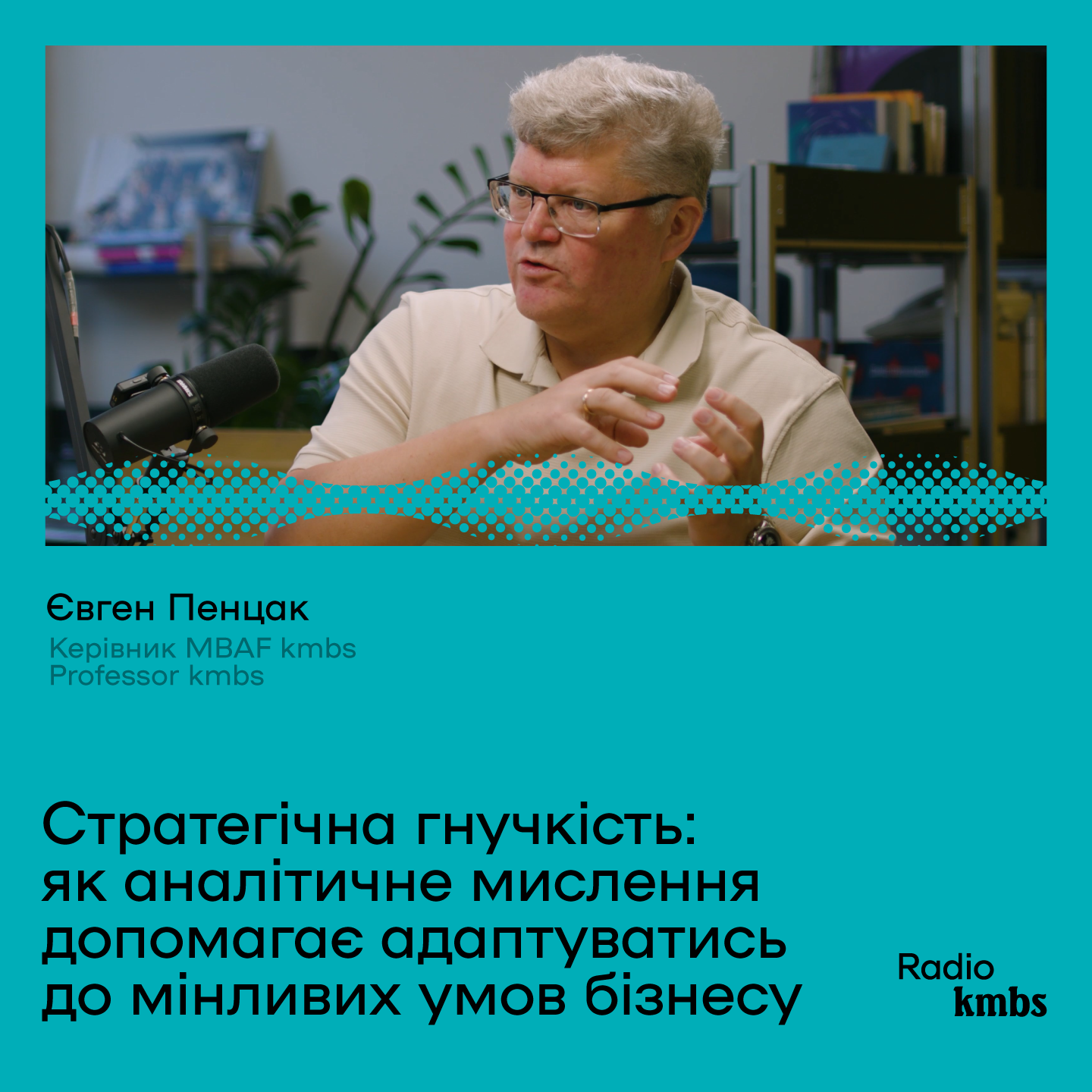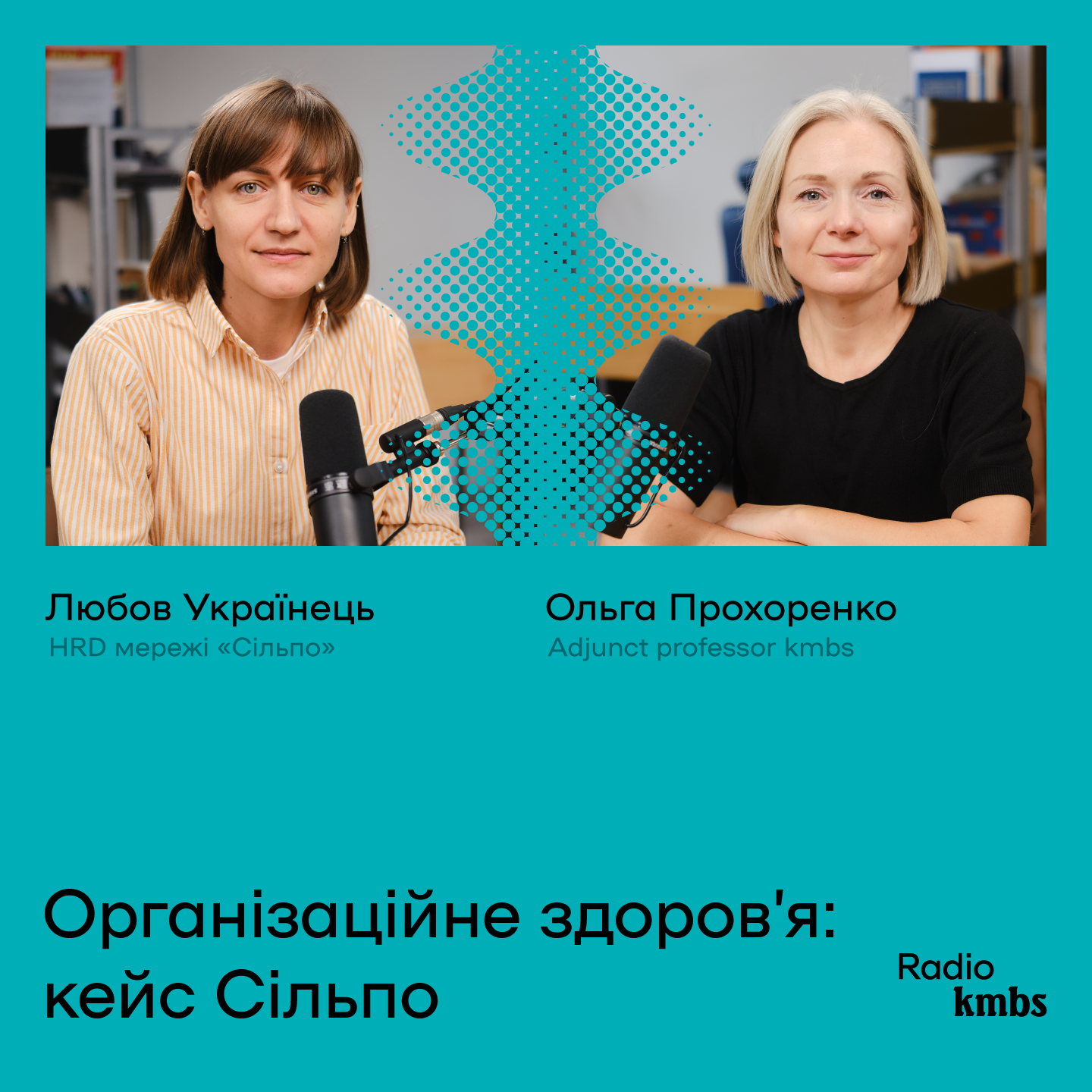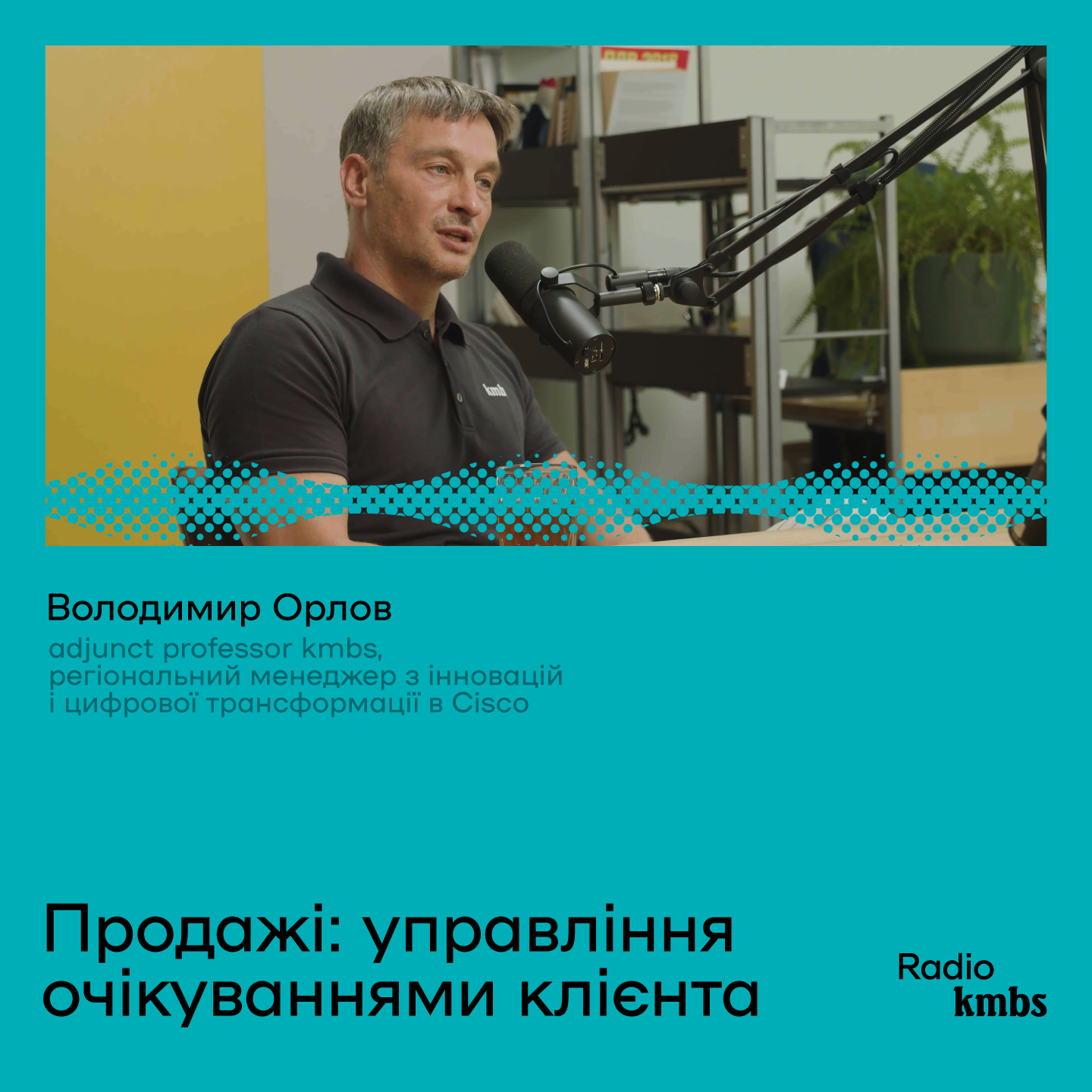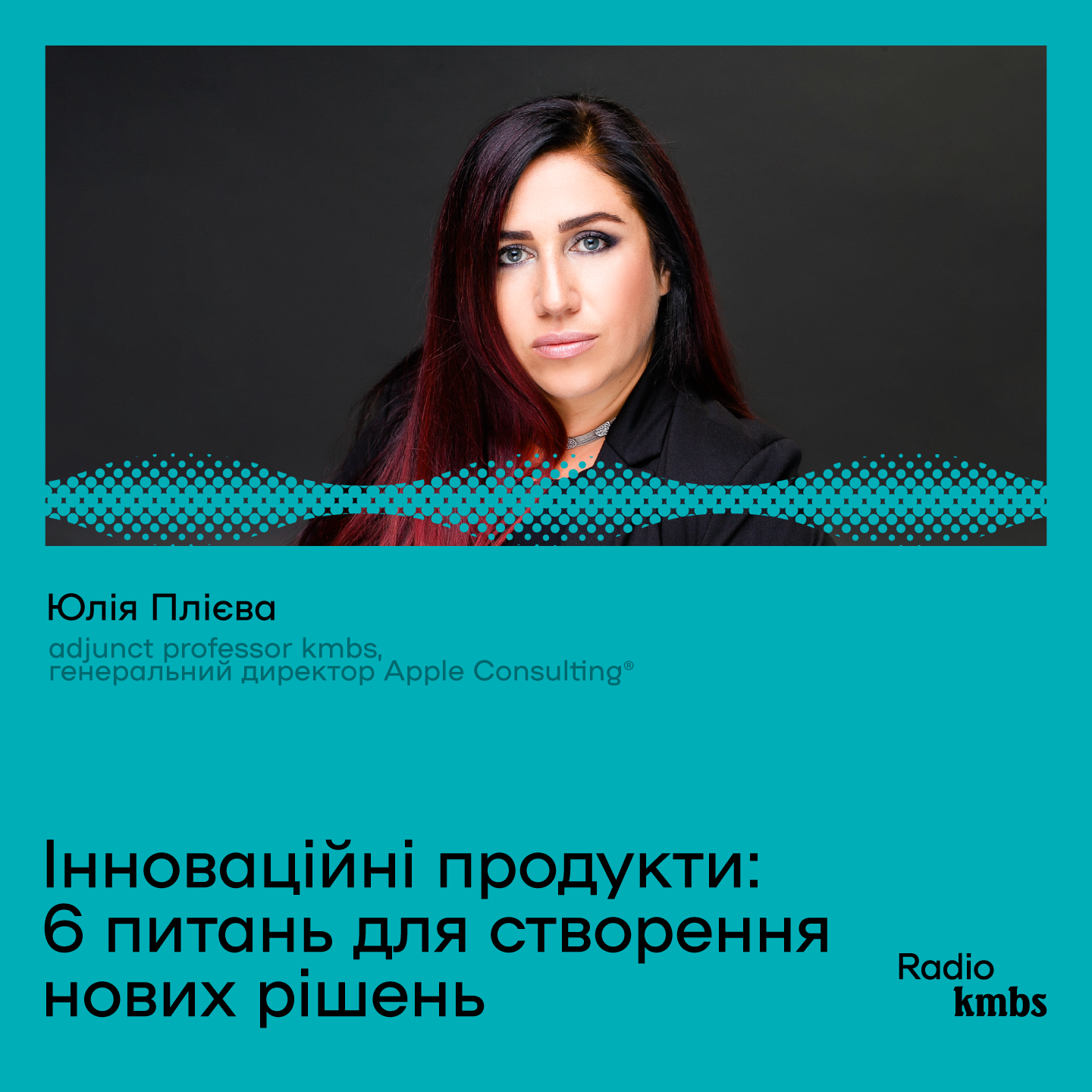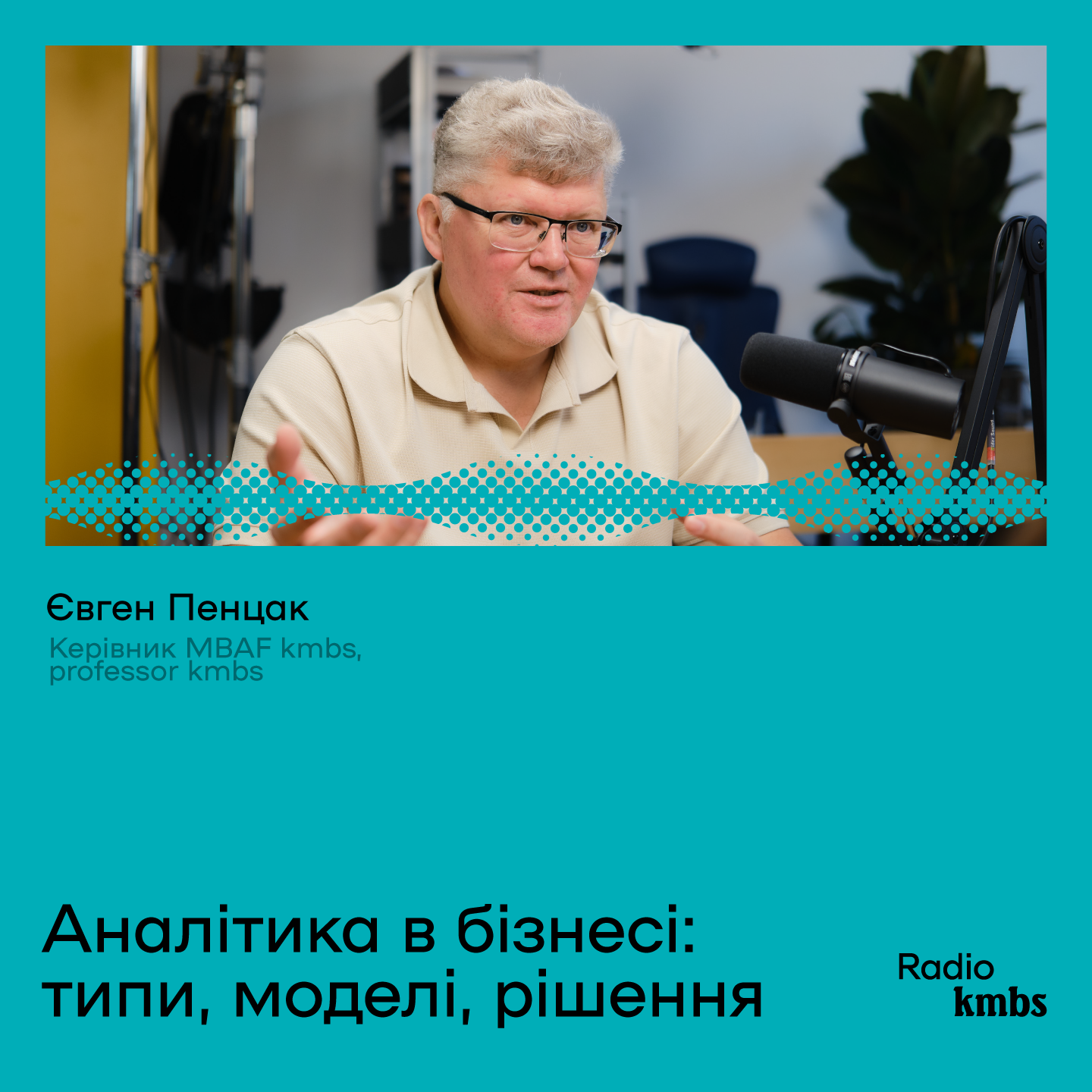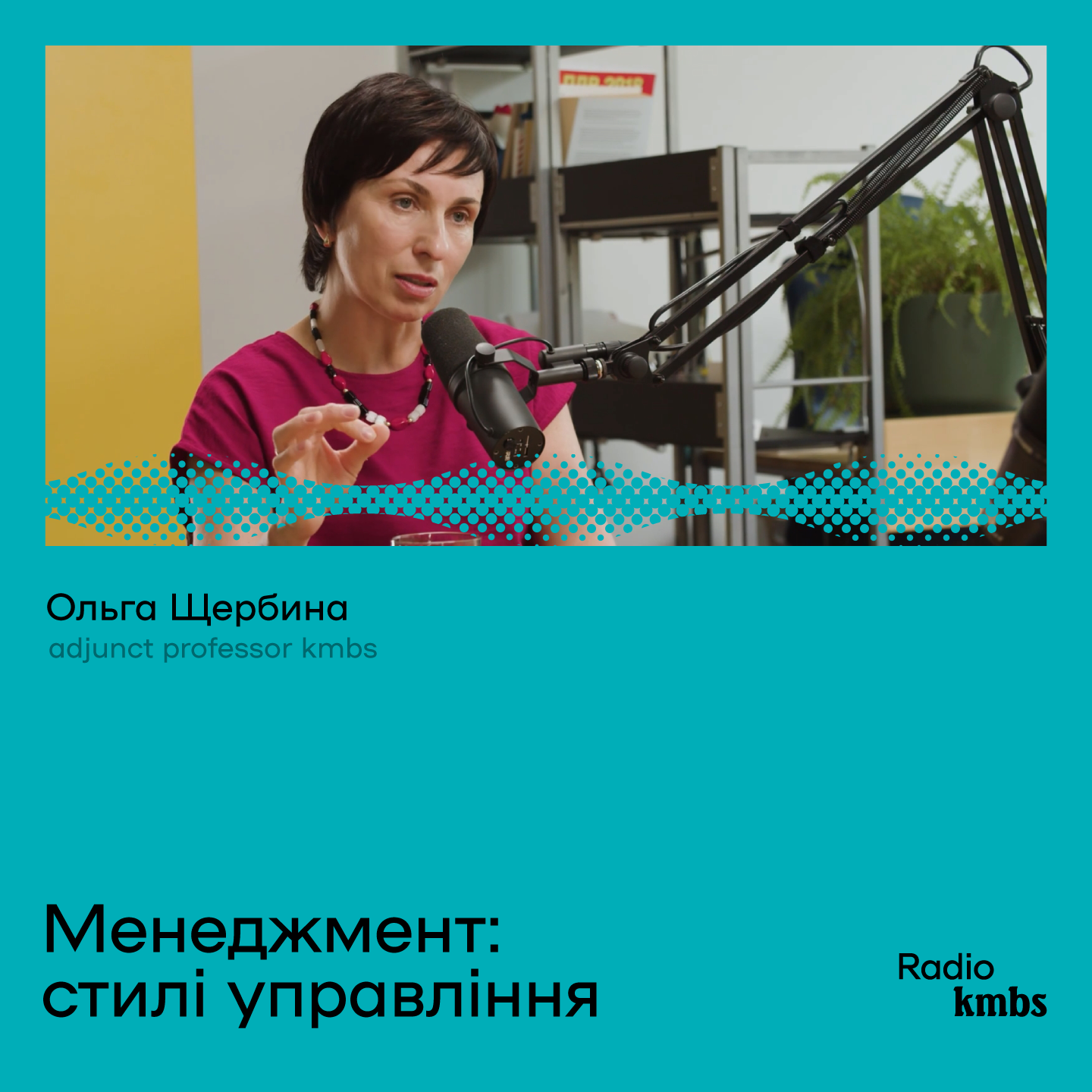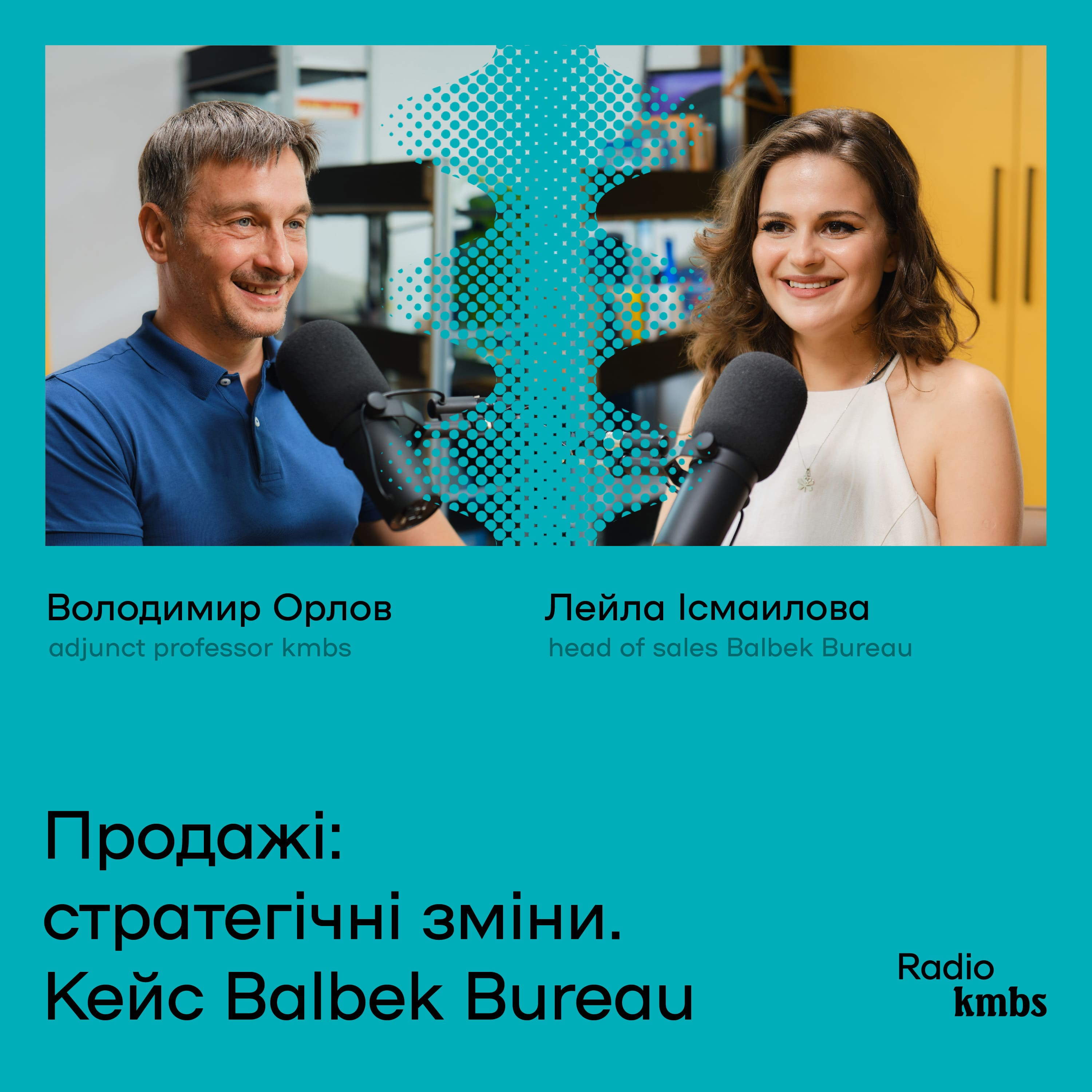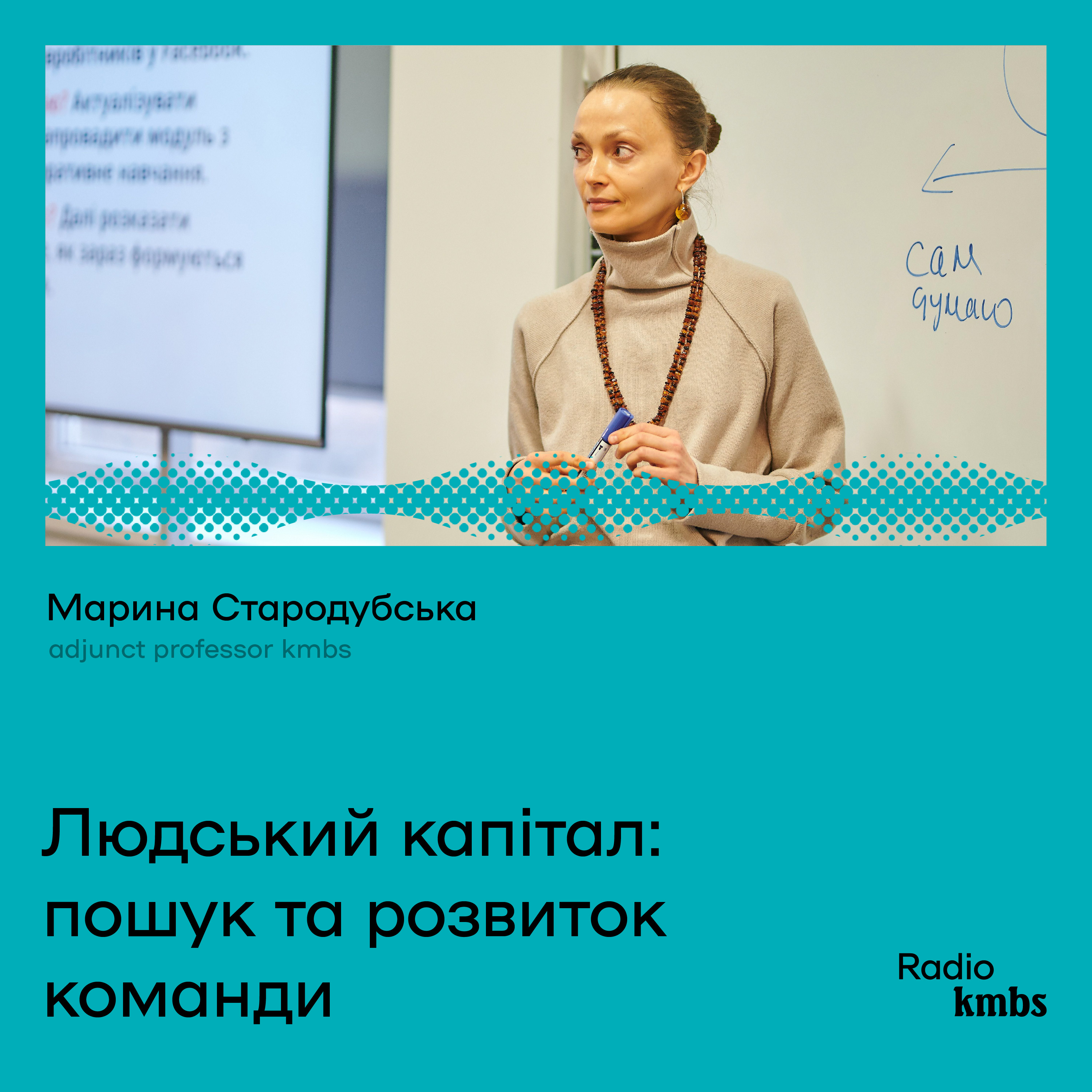In particular, the participants talked with Olga Balashova, an art critic and researcher of modern art and head of the public organization "Museum of Modern Art."
Olga told the participants about the art of the Renaissance era and introduced them to new concepts and ideas that arose in that period. Among them is the so-called secular easel oil painting. Before that, frescoes painted on wet plaster were familiar. And then, the picture "separated" from the wall and began to exist independently. "This is the same painting that can be moved from room to room, which does not always stay where it was created," the art critic explains.
The engraving was another essential invention. It made it possible to reproduce images and reproduce works. Before that, the only way to produce an idea was to redraw it. Therefore, artists began to create engravings, and Albrecht Dürer became one of the engravers known throughout Europe.
During the Renaissance, a fundamental change in consciousness took place. If earlier only God was considered the creator, and the artist was only his hand, now the artist's personality began to come to the fore. This was manifested in the fact that artists began to paint themselves. "There was a space for imagining oneself, one's importance," said Olga. - However, the artist is only a representative of his time. Therefore, if the concept of "personality" appears, it appears not only in the artist but in general, as a need to express oneself, to leave one's mark in history."
This thesis is also confirmed by the fact that the Renaissance was when the concept of a patron arose. The pioneers here were the Medici, who began to invest excess funds in art and compete with the church as customers of works of art.
Olga also touched on the baroque style, talked about this phenomenon, and gave an apt metaphor for Japanese and Chinese cuisine: "Japanese cuisine is when we see rice and fish, all the elements are separate. This is about the Renaissance and antiquity. Here everything has its subordination and is in its place. Chinese cuisine is when meat is in a sweet and sour sauce, and you have no idea what it is made of. Baroque is just that. Everything is built on effects; everything makes you feel without connecting the mind and analyzing what you see."
That's how, in a lively and relaxed format, the participants learned a lot about art and its evolution, and now they will look forward to the next "humanitarian day" of their studies.



